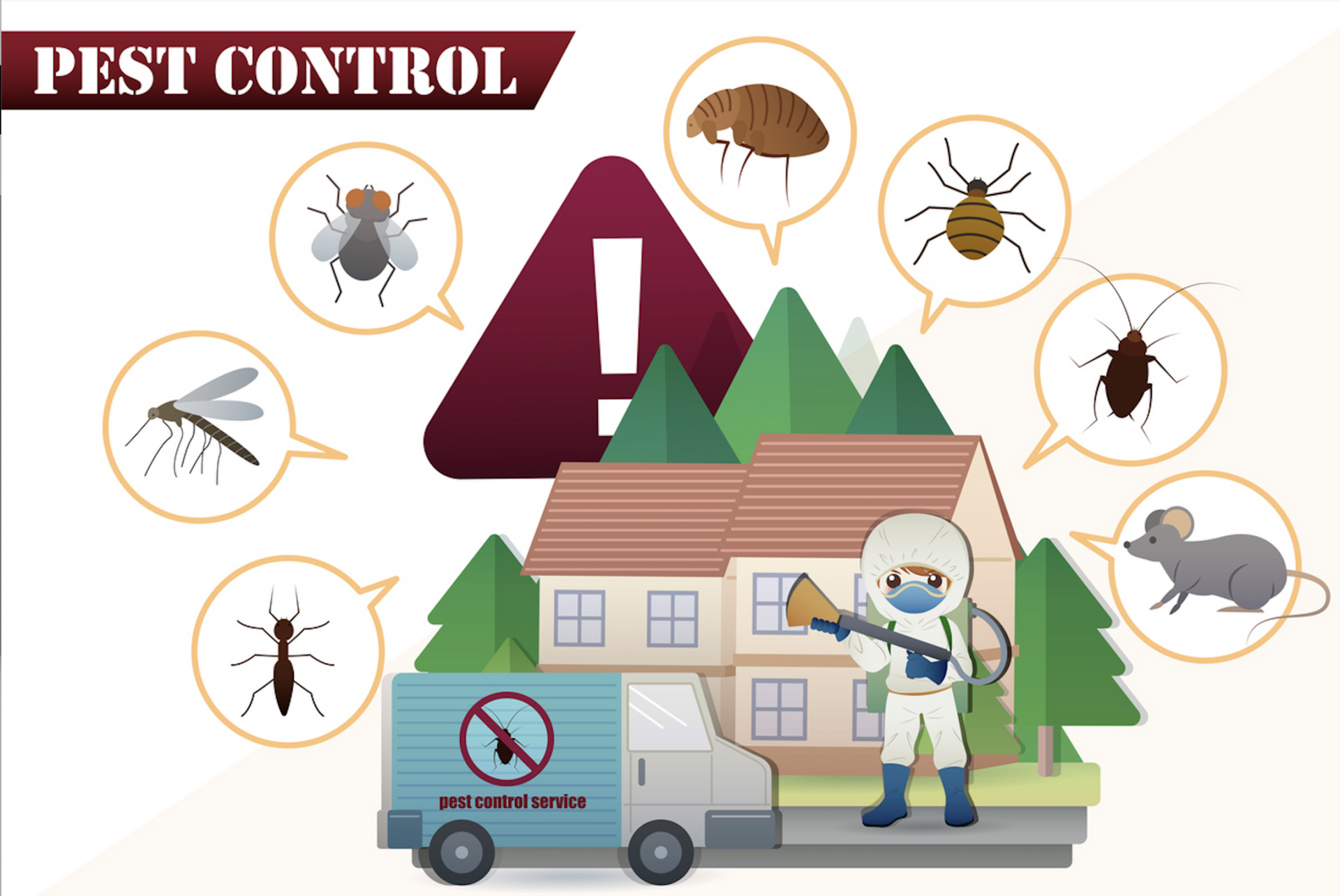Practical Tips for Effective Pest Control

Pest control is the practice of managing and regulating pests, organisms that can cause harm to human health, property, or the environment. It involves various strategies and methods to prevent, reduce, or eliminate pest infestations to ensure a pest-free living environment. Effective pest control helps reduce the risk of illnesses caused by insects, rodents, and other pests.
Importance of pest control
Pests can carry diseases that affect humans and pets. Effective pest control helps reduce the risk of illnesses caused by insects, rodents, and other pests. Pests like termites, rodents, and carpenter ants can cause significant damage to the structure and materials of a home, leading to costly repairs. Pests can contaminate food and food preparation areas, posing health risks. Some pests, like cockroaches and dust mites, can trigger allergies and asthma. Controlling these pests can help improve indoor air quality.
The main components of pest control:
- Prevention: Taking measures to keep pests away, such as maintaining cleanliness, sealing entry points, and managing landscaping.
- Monitoring: Regularly checking for signs of pests to identify potential problems early.
- Control Methods: Effective pest control aims to minimize damage while ensuring safety and protecting health.
Methods to control pest:
- Maintain a clean living space by regularly cleaning up food spills, crumbs, and clutter. This helps eliminate attractants for pests.
- Store food in sealed containers and refrigerate perishable items. Don’t leave pet food out for extended periods.
- Dispose of garbage regularly and use tight-fitting lids on trash cans to prevent pests from being attracted.
- Fix leaks and address any areas with standing water to reduce habitats for pests like rodents and insects.
- Check for and seal any cracks or gaps around windows, doors, and other entry points to prevent pests from entering.
- Use natural deterrents like essential oils (e.g., peppermint or tea tree oil) to repel insects. Consider planting pest-repelling plants, like mint or marigolds, around entryways. Check out more natural methods of pest control
- Use traps for rodents or insects as a non-toxic way to manage small infestations.
- Be cautious with pesticides and chemicals. If you must use them, follow the instructions carefully, and consider professional pest control services if needed. Keep children, pets and toys from the area before applying pesticides. Dispose off the remaining pesticides and pesticide containers by carefully reading the instructions.
- Familiarize yourself with common pests in Houston, such as ants, cockroaches, and termites, to identify issues early.
-> Ants: Look for trails of ants, especially near food sources or entry points. Some species, like fire ants, can be aggressive.
-> Cockroaches: Check for droppings, a musty odor, or egg cases. They often hide in dark, warm places like kitchens and bathrooms.
->Termites: Watch for mud tubes on walls, damaged wood, or swarmer in the spring. Early detection is crucial to prevent extensive damage.
If tenants notice signs of pests (like rodents or insects), they should promptly report the issue to their landlord or request for maintenance at the portal. Quick reporting can help address infestations before they worsen. Document the issue with photos if necessary. Familiarize yourself with your lease agreement to understand your responsibilities and rights regarding pest control. Keep open communication with your landlord about any pest-related concerns or issues that arise. If infestations persist, discuss the possibility of professional pest control services with your landlord.
Regular pest control can prevent infestations before they occur, saving time, money, and hassle in the long run.
Check out what
Environmental Protection Agency (EPA) says about Pest Control and
Texas law
about tenant rights with regards to pests and molds.









